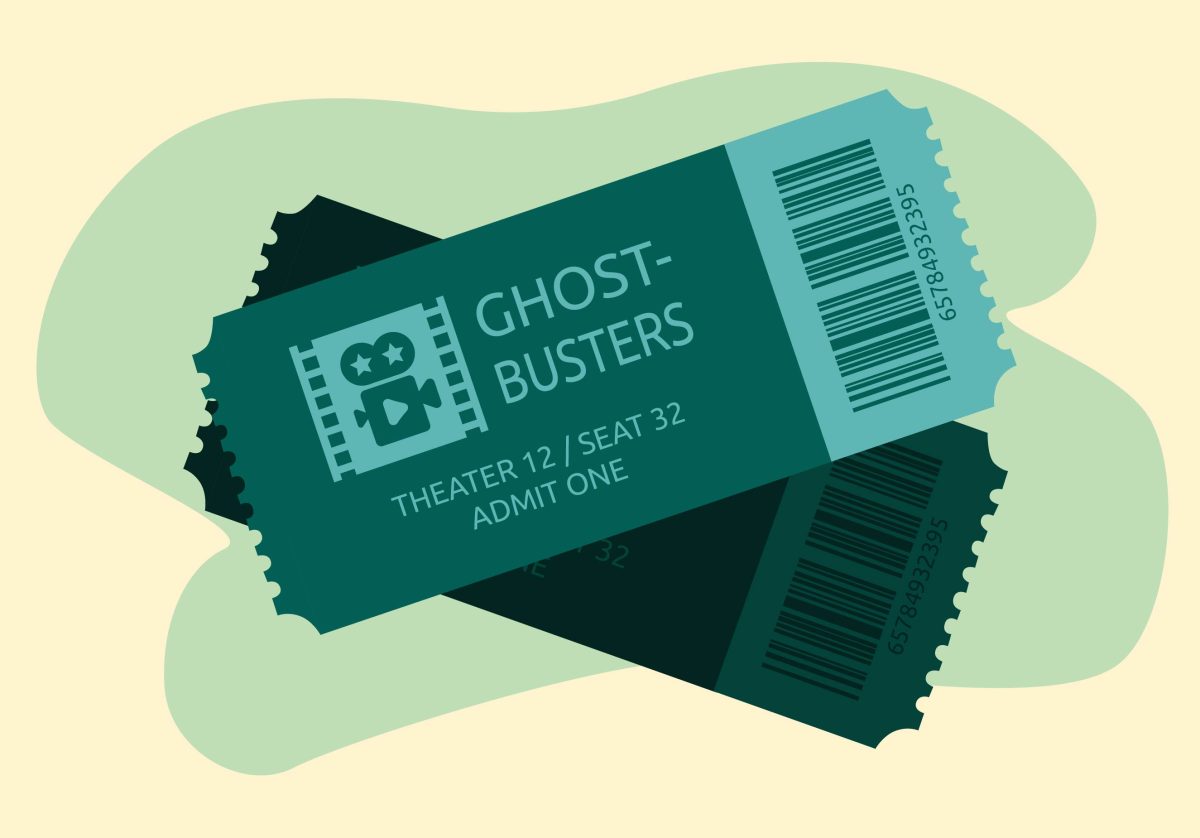There is a tendency in U.S. cinema to demand a certain seriousness from superhero movies. The “X-Men” and “Spider-Man” franchises crank out high drama, striving to be taken seriously. The first “Batman”? Intense. And then there’s “Hulk,” which maybe took itself a little too seriously.
“Hellboy” is the opposite. It’s ridiculous. It wallows in camp, effectively channeling the absurdist humor of the Mike Mignola comic book on which it’s based. That’s not to say “Hellboy” doesn’t indulge in the sleek mayhem at which the “X-Men” movies excel. In fact, the film’s surplus of style is – even beyond the camp factor – what distinguishes it from other comic book adaptations and action films in general.
But before we get into all that, what’s the story behind this bright red, stubby-horned brute named Hellboy? The movie opens in 1944, where Adolf Hitler orders the mad monk Rasputin (the dead guy from Russian history) to open a demonic portal in hopes of unleashing hell on Earth. Luckily, a group of U.S. soldiers led by a young scientist named Professor Broom stop Rasputin – but not before a little devil boy with a giant stone hand makes it through the flaming portal.
Professor Broom raises Hellboy, and 60 years later, he is the U.S. government’s secret weapon against paranormal threats. In between death matches with enormous monsters, the wise-cracking hardass spends his time filing his horns with a belt sander and playing with his cats. Luckily for him, Rasputin returns from the dead and brings the apocalypse and a couple Nazis with him.
Fair enough. Now, on to the movie’s stylization. The film’s director, Guillermo del Toro, is no stranger to prioritizing the image. His odd little horror films, “Chronos” and “The Devil’s Backbone,” as well as the underappreciated “Blade II,” flaunt his mastery of movement and his penchant for the creepy-crawly.
But what exactly is style? In “Hellboy,” it’s the way a Nazi assassin stops to crack his neck before combat. It’s the way dizzying snowflakes look against our hero’s blood-red skin. It’s the way Hellboy smashes the front end of a speeding truck with his fist and then watches it spring over him, doing front flips until it finally hits the ground.
The adornment of style is everywhere. The heroes and villains walk through the film like it’s a fashion runway, sporting the most conspicuously designed warrior garb imaginable. The Nazi assassin, whose ninja-like armor and metallic masks would make Darth Vader proud, changes outfits so many times he could be hosting the Academy Awards.
And then there’s the blue fish-man, Abe Sapien. An anomaly like Hellboy, Sapien was discovered in a laboratory tank the day President Lincoln died (hence the name). His aquatic look and slick movements – even on land he moves like he’s underwater – are a sight to see.
What keeps “Hellboy” from succumbing to pure spectacle, though, is the camp. It keeps everything grounded. Characters nervously ask for energy bars in the most precarious situations. Corpses are brought back to life and then mouth off to the hero. And as the fate of the world hangs in the balance, Hellboy worries about a junior FBI agent stealing his girl.
The phrase “style over substance” is often hurled at comic book movies. And yeah, “Hellboy’s” story isn’t earth-shattering, but the witty camp suffices for substance. And the style, well, only a few other films (“Kill Bill: Vol. 1,” maybe) have harnessed style in such an awesome way.
















